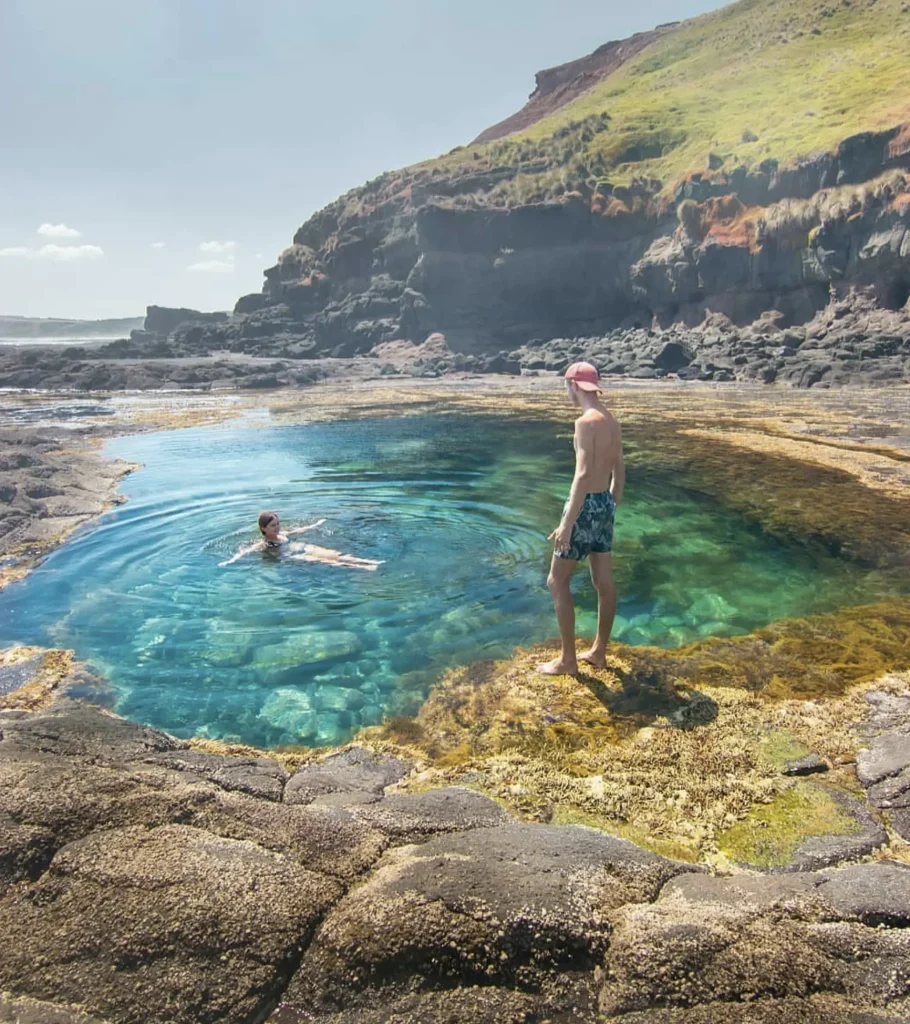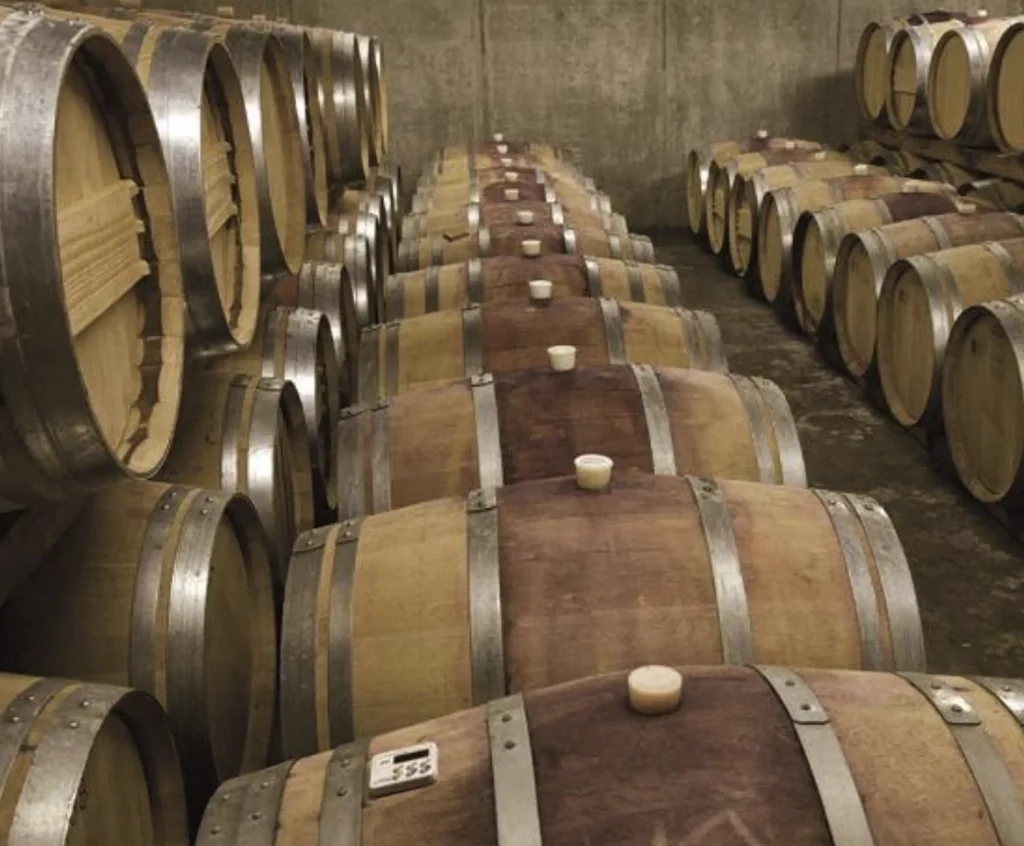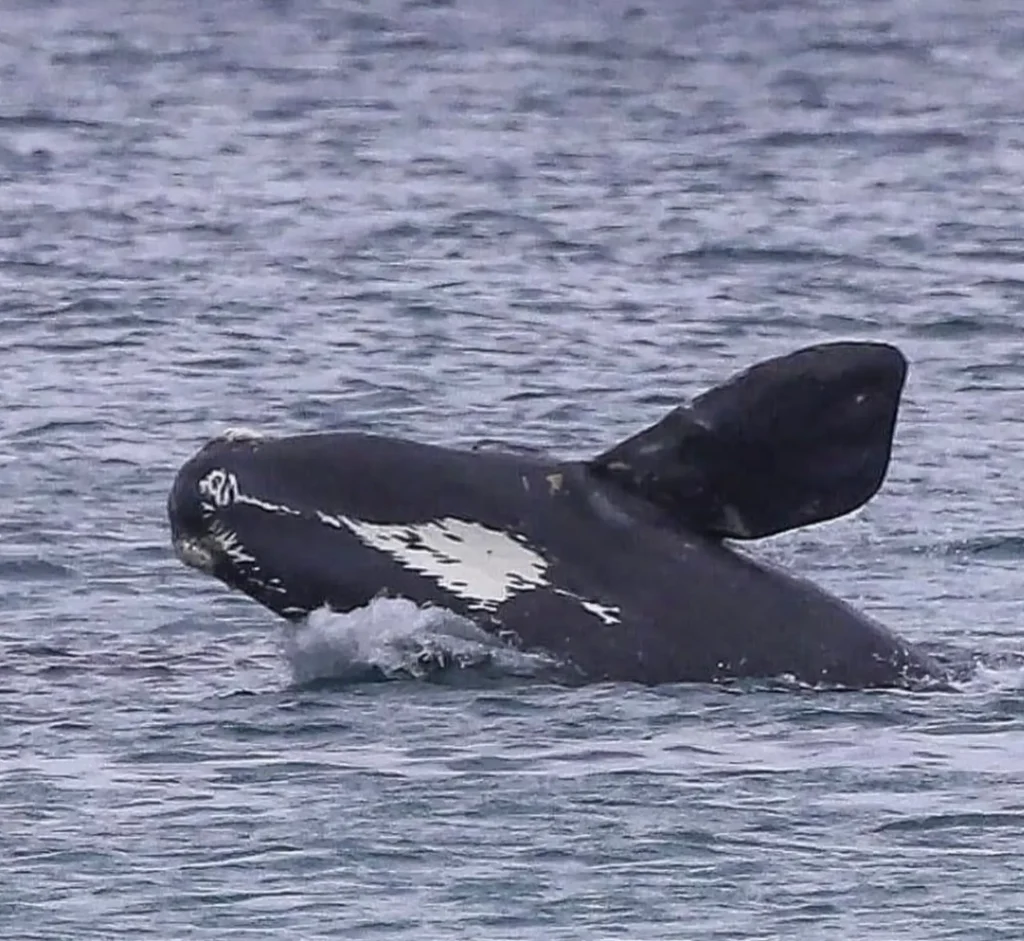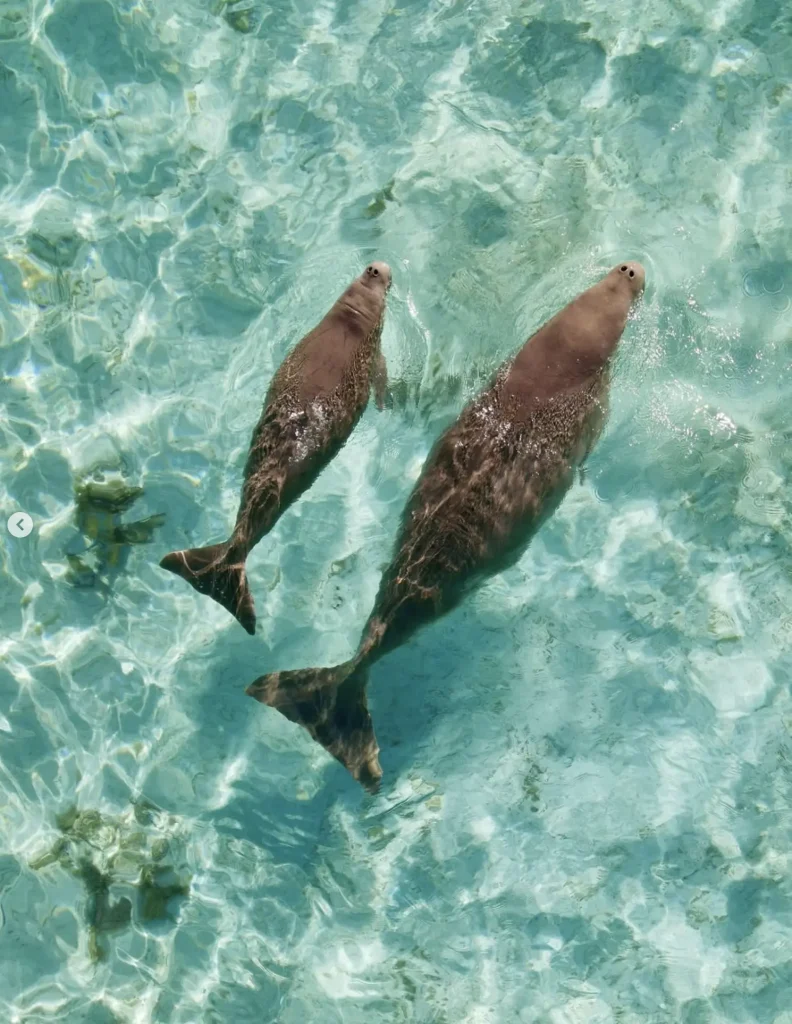
Ever wanted to meet the sea cows of the ocean? Then Monkey Mia and Shark Bay in Western Australia should be number one on your bucket list. Famous for their dugong populations, these untouched areas are the only places where you can see these gentle marine mammals in their natural habitat. Let’s get into why Monkey Mia Tour and Shark Bay are must-do for dugong enthusiasts.
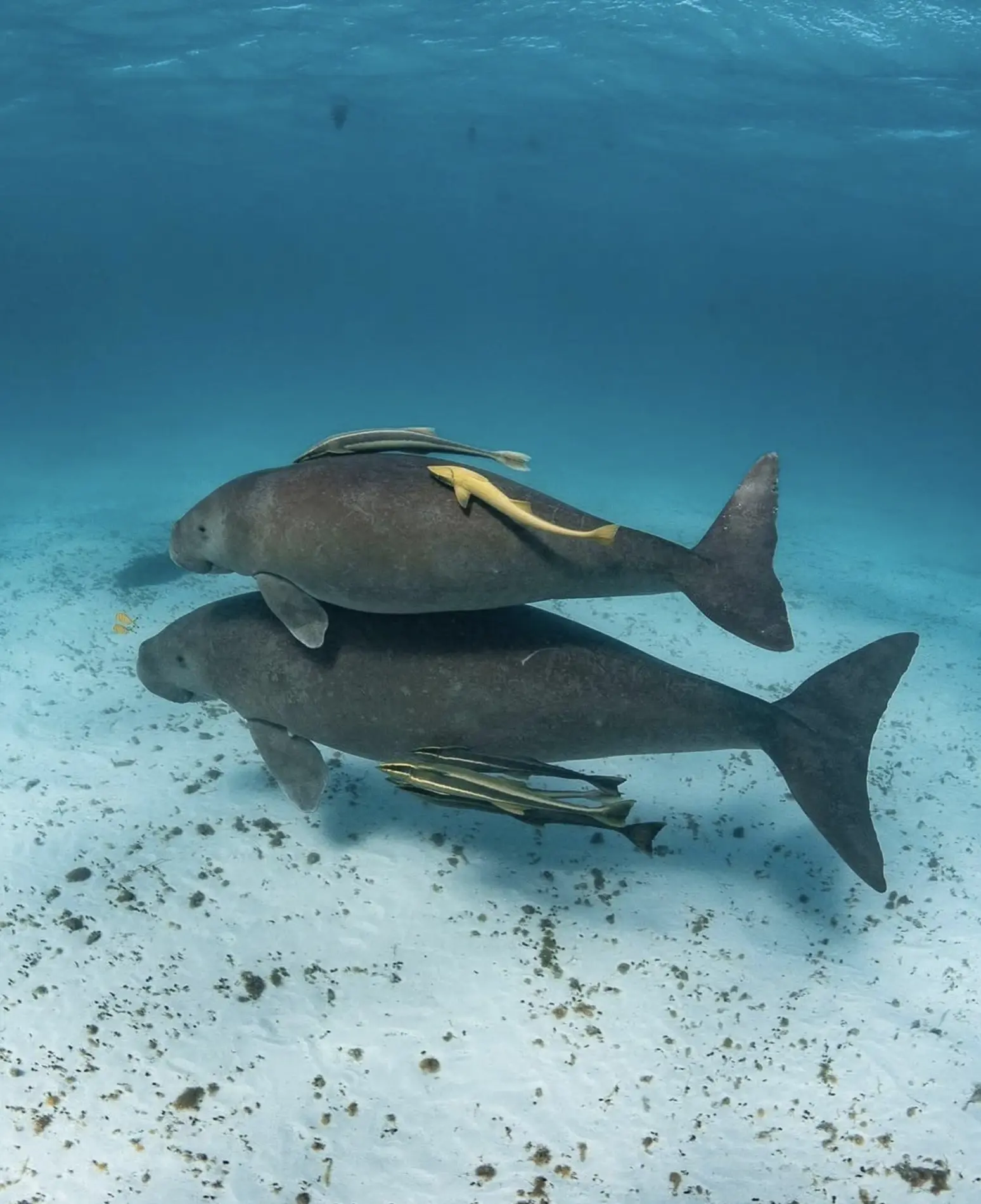
Why They’re Truly Amazing
Dugongs are called sea cows. They are marine mammals related to manatees. They are herbivores that graze on seagrass meadows. They are a keystone species in the marine ecosystem. These weird and wonderful creatures are calm and gentle and are known for being shy and laid back. Spotting them is a real treat. Dugongs have inspired many myths, including the mermaid myth, because of their graceful movements in the water. Seeing these marine mammals is not only cool but also a chance to learn about their survival skills and how they impact their environment.
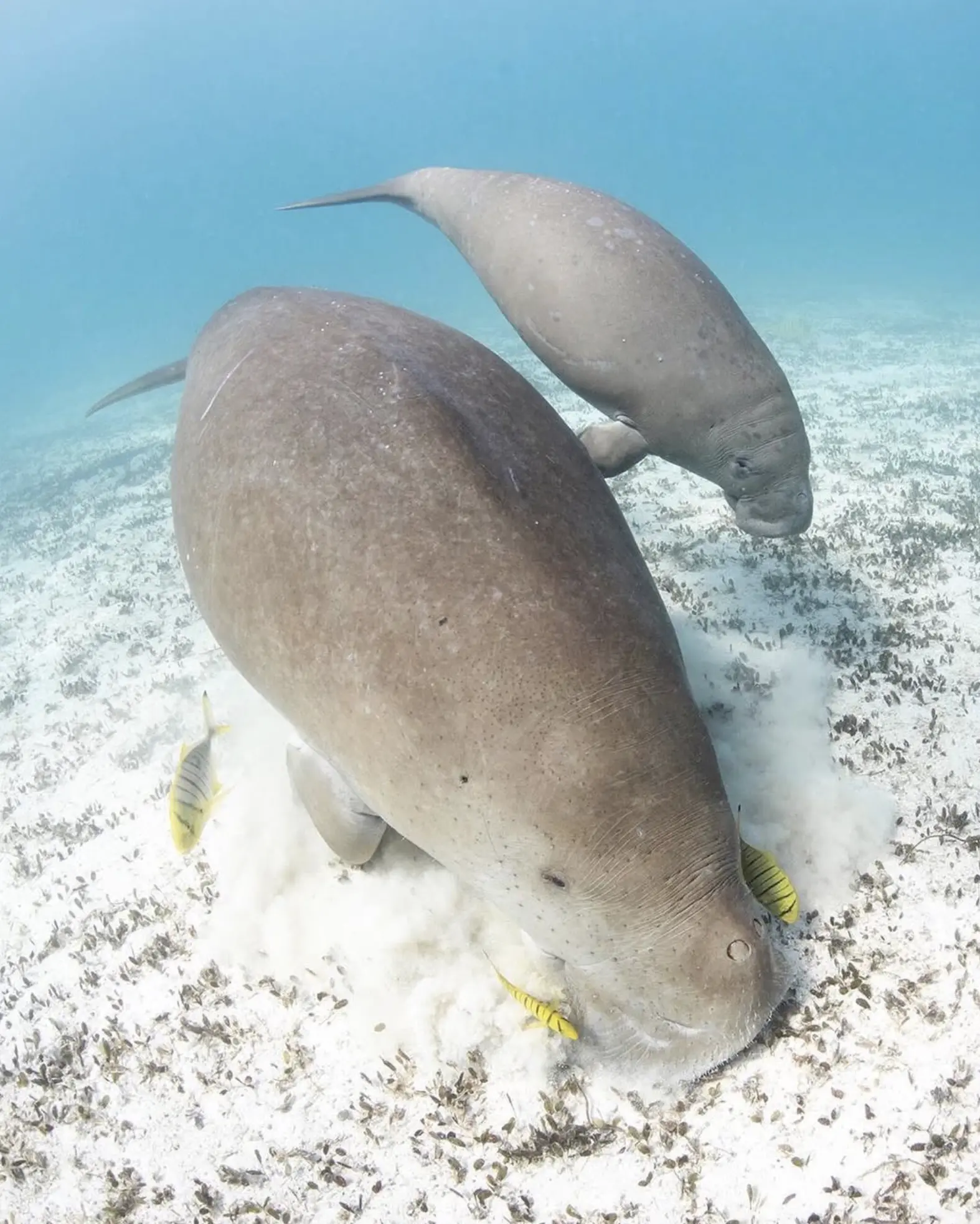
Tips for a Memorable Experience
Monkey Mia is known for its clear waters, making it the perfect spot for dugongs. This is part of the Shark Bay World Heritage Site, a marine protected area that has one of the largest and most stable dugong populations in the world. Green turtles, loggerhead turtles, and even manta rays are frequent visitors, and it’s a wildlife lover’s dream. The sheltered waters and seagrass meadows are a dugong haven.
Next to Monkey Mia is the Francois Peron National Park, famous for its red cliffs and marine life. Hamelin Pool, with its stromatolites, is also nearby, a window into ancient marine life. If you want to see more of the Australian coast, this is a great area for a road trip, combining beautiful coastal views with wildlife encounters.
Best Time to Visit Monkey
The best time to see dugongs in Monkey Mia is during the warmer months, from October to March. During this time the waters are warm and the seagrass meadows are in full bloom, the dugongs will be feeding. You may also see mature females with calves, a bonus to the dugong experience. Seeing adult females with their calves in the shallow waters is a highlight for many.
You can join a guided tour or take a catamaran cruise to increase your chances of seeing them. These eco-friendly tours often have expert guides who will tell you all about dugong behaviour and its role in the ecosystem. Some cruises are eco-wildlife cruises or afternoon cruises, which are designed to give you a deeper understanding of marine wildlife, including dolphins and dugongs. Cruise operators also make sure to keep the boat noise to a minimum so you can have a peaceful and respectful encounter.
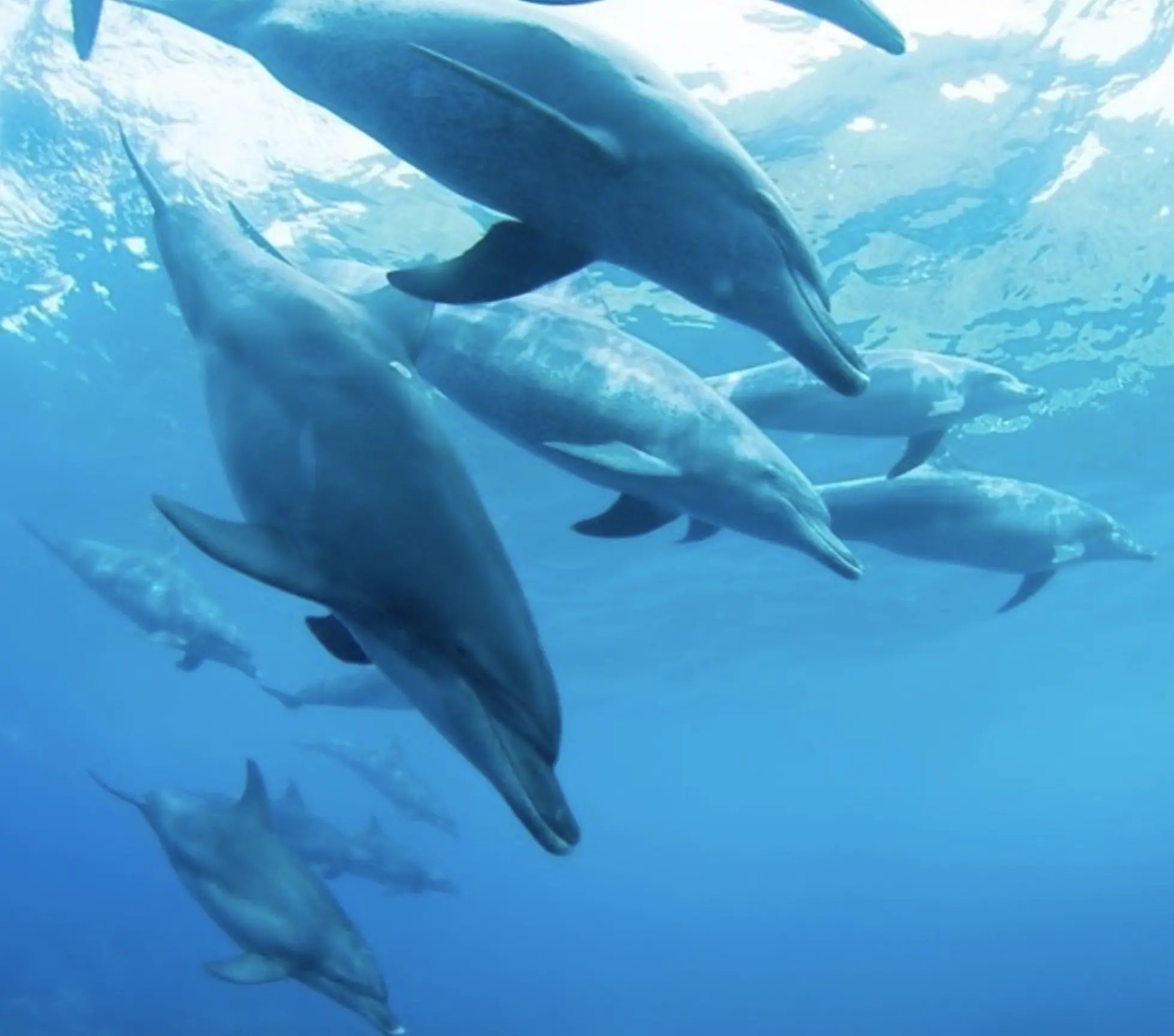
A Guide to Spotting Them in Shark Bay
Shark Bay is another of Western Australia’s gems and a dugong haven. The bay’s massive seagrass beds (some of the biggest in the world) are the dugongs’ food of choice. The calm and shallow waters make it easy to spot dugongs from boats or small planes. You may check Whale Sharks Tours to see even more on your marine wildlife tour. Shark feeding (a natural occurrence in the area) will give you an insight into the many shark species that live here.
Denham is a charming coastal town with day trips to surrounding attractions and a great base from which to stay. This area is also a great place to see dolphins, with the famous dolphin feeding at Monkey Mia attracting visitors from all over the world. The dolphin behaviour during these sessions – approaching, communicating and feeding – is a real insight into these amazing marine animals.
Conservation in Bay
Shark Bay is a UNESCO World Heritage Site, and conservation efforts are being made to protect its unique biodiversity. Visitors are asked to respect this by choosing responsible tour operators and following guidelines that protect marine life. Traditional owners play a big role in managing the dugong and other marine wildlife populations to minimise the impact on their habitats. This conservation work also extends to other species, like green turtles and loggerhead turtles that visit the area.
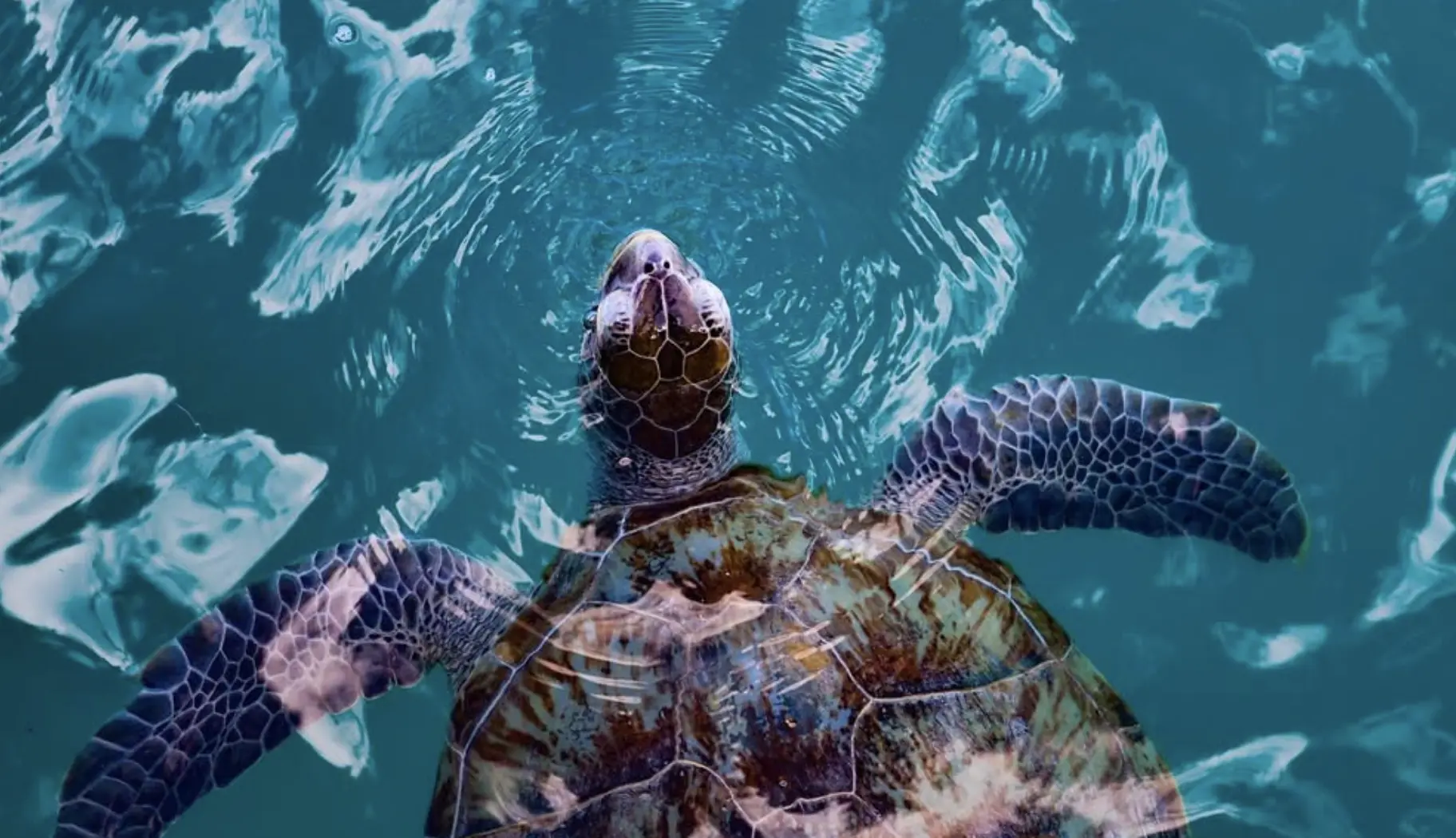
Spotting Tips
- Take a Guided Tour: Guided tours are best for spotting dugongs and have the least impact on their habitat. Look for eco-friendly tour operators or dive guides who put wildlife first.
- Timing: Early morning and calm weather is best in Monkey Mia and Shark Bay.
- Bring: Binoculars and cameras with zoom will help when you’re on boats or beaches.
- Be Quiet and Respectful: Dugongs are shy, so keep a distance. No noise and no sudden movements will keep them calm.
- Explore Nearby: Combine your dugong spotting with a dolphin feeding, a drive along the Australian coast or a beach day at one of the many beaches. Perth To Exmouth Tours offers great wildlife cruises to see more of the region’s wildlife and scenery.
Things to Do Around
- Hamelin Pool Stromatolites: If you like the history of life on Earth, then you will love these.
- Francois Peron National Park: For the adventurer, rugged landscapes, red cliffs and pristine waters full of wildlife.
- Manta Ray Encounters: Shark Bay is the best place to see these gentle giants in the blue water.
Spotting dugongs in Monkey Mia and Shark Bay is a trip you will never forget. With their beauty and wildlife, these places will give you lifelong memories. Whether you’re a wildlife enthusiast or photographer or want to get back to nature, this journey – with dolphins, manta rays and other marine mammals – will hook you. Don’t forget to pack for a beach day and do a beach interaction program to top it all off. The Australian coast’s clean waters, marine life and lovely dugongs are waiting for you.
FAQ
What are dugongs, and where do they live?
Dugongs are marine mammals that eat seagrass. They live in warm coastal waters, including Monkey Mia and Shark Bay.
When is the best time to see dugongs in Monkey Mia and Shark Bay?
Oct to March when the seagrass is green, and the water is warm.
How do I see a dugong?
Join a tour, good weather, and be patient. Some boat tours are more successful in calm waters or with experienced tour operators.
Are there any rules I should follow?
Yes, respect the marine life by keeping a distance, no loud noises and choose eco friendly tour operators.
Can I swim with dugongs?
No, swimming with dugongs is not recommended as it can disrupt their natural behaviour. See them on a boat or tour.
